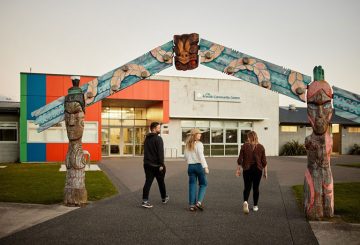杰亚·威尔逊1951年出生于斯里兰卡,过着非凡的生活,包括在英格兰被欺负,帮助巴拉克·奥巴马成为第一位非裔美国人总统,以及在反核运动中扮演重要角色。她最出名的可能是说服大卫·兰格参加1985年牛津联盟的辩论,他在辩论中发表了关于铀的著名台词。当时,威尔逊是牛津联盟的主席,许多未来的总理都担任过这个职位。
尽管威尔逊在英格兰遭受了种族虐待,但在亲眼目睹牛津大学后还是决定就读牛津大学。她得以通过奖学金在那里学习,并最终与鲍里斯·约翰逊一起竞选牛津联盟主席,后者后来成为英国首相。威尔逊成为继巴基斯坦未来总理贝娜齐尔·布托之后第二位获得这一著名头衔的有色人种女性。
在担任总统之前,威尔逊是组织著名辩论的委员会的成员。她邀请新西兰总理戴维·兰格参加辩论,由于辩论的不可预测性,这一决定是有风险的。兰格成功地参与了关于核武器道德的辩论,为他赢得了起立鼓掌。
如今,威尔逊在新西兰旺格努伊过着安静的生活。在日内瓦湖附近生活了14年之后,她和丈夫决定返回新西兰。她享受着简单的生活,不会为了任何事情而改变生活。




























































